CDC spreads message with unique announcement
The Center for Disease Control’s “Preparedness 101: Zombie Apocalypse” campaign has been a major success, with its creatively designed badge (seen below) popping up on sites across the Web.

Perhaps motivated by the fact that many members of the public pay little heed to standard preparedness advice involving crises like floods, tornadoes, or earthquakes, the CDC launched the attention-grabbing zombie campaign, which attracted a flood of visitors to its Emergency Preparedness and Response website.
It’s the more mundane crises that truly pose a threat though, and for those, as with the zombie apocalypse, it’s crisis prevention planning that will ensure your business survives.
If you choose to ignore it you could get lucky…but it only takes one look at the headlines of this past year to see what the cost is for being wrong. Besides, in most cases, the cost of the entire crisis prevention process is a minute fraction of the losses that could be incurred as a result of facing crises with inadequate preparation.
Nearly as bad as not having one at all, a common mistake is to overlook the plan in the heat of the moment. For example, it’s a frequent cause of crisis to have the wrong person make what become public statements simply because that’s who the press chose to brace in the company parking lot.
Crisis simulations help greatly to expose weakness and find solutions as well, and can be scaled from a pen and paper exercise to full-on walkthroughs complete with local officials and business associates.
Whatever your business, create a crisis prevention plan will allow you to keep working while you resolve the crisis, test it, and follow through when the time comes.
——————————-
For more resources, see the Free Management Library topic: Crisis Management
——————————-
[Jonathan Bernstein is president of Bernstein Crisis Management, Inc. , an international crisis management consultancy, and author of Keeping the Wolves at Bay – Media Training.]












